
The best factory-building games make planning feel rewarding, and each improvement opens up exciting new options. They create complex systems where you transform raw materials into finished products, requiring skill, careful organization, and precise timing. These games offer clear instructions, challenging obstacles, and ways to automate repetitive tasks. If you enjoy the satisfying sight of efficient production lines and growing output, you’ll find plenty to love in these titles.
‘Factorio’

You start with raw materials like ore and oil, then use machines – belts, inserters, and assemblers – to create increasingly complex parts. Oil is refined into gases and liquids used to make plastics and fuels, which power more advanced technology. As your factory grows, trains and robots help transport large amounts of resources over long distances. However, pollution and hostile alien life force you to carefully balance growth with defense and efficient production.
‘Satisfactory’
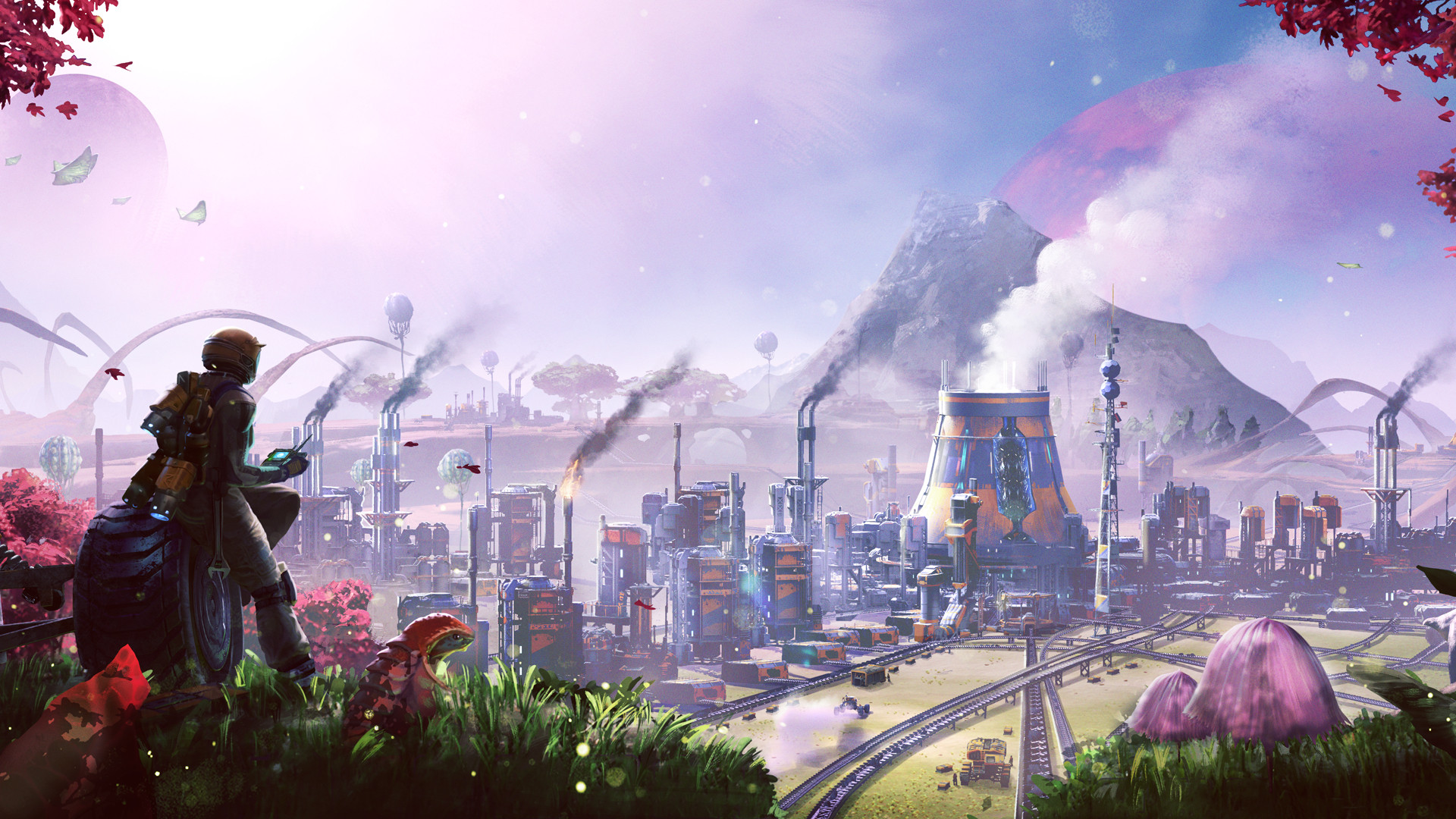
You assign workers to gather resources from various sources, then transport those materials using conveyor systems to machines that process them. You’ll need to manage the flow of materials to keep production steady. Refineries mix resources, creating both useful products and waste that needs to be managed. As you advance, you’ll upgrade your power source from wood and plants to coal, then to fuel and eventually nuclear power, using pipelines to deliver energy to generators.
‘Dyson Sphere Program’
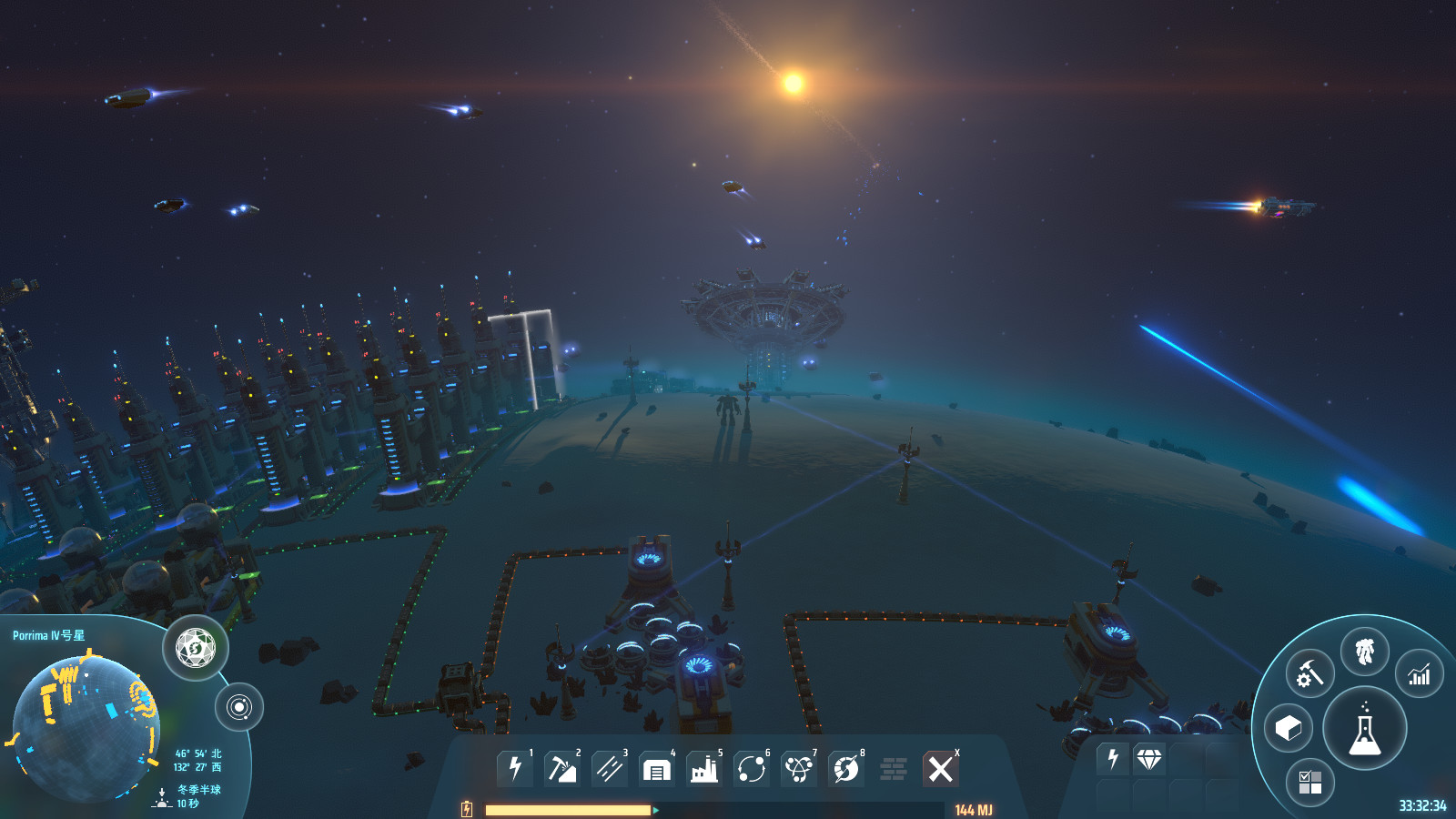
Begin by mining resources on initial planets, then expand to interplanetary and interstellar transport using planetary towers and stations. Use assemblers to combine basic parts into more complex components, unlocking new manufacturing possibilities. Refine oil into essential fluids for advanced item creation. In the late game, build structures to collect photons and antimatter, powering warp drives and allowing you to construct massive structures.
‘Anno 1800’
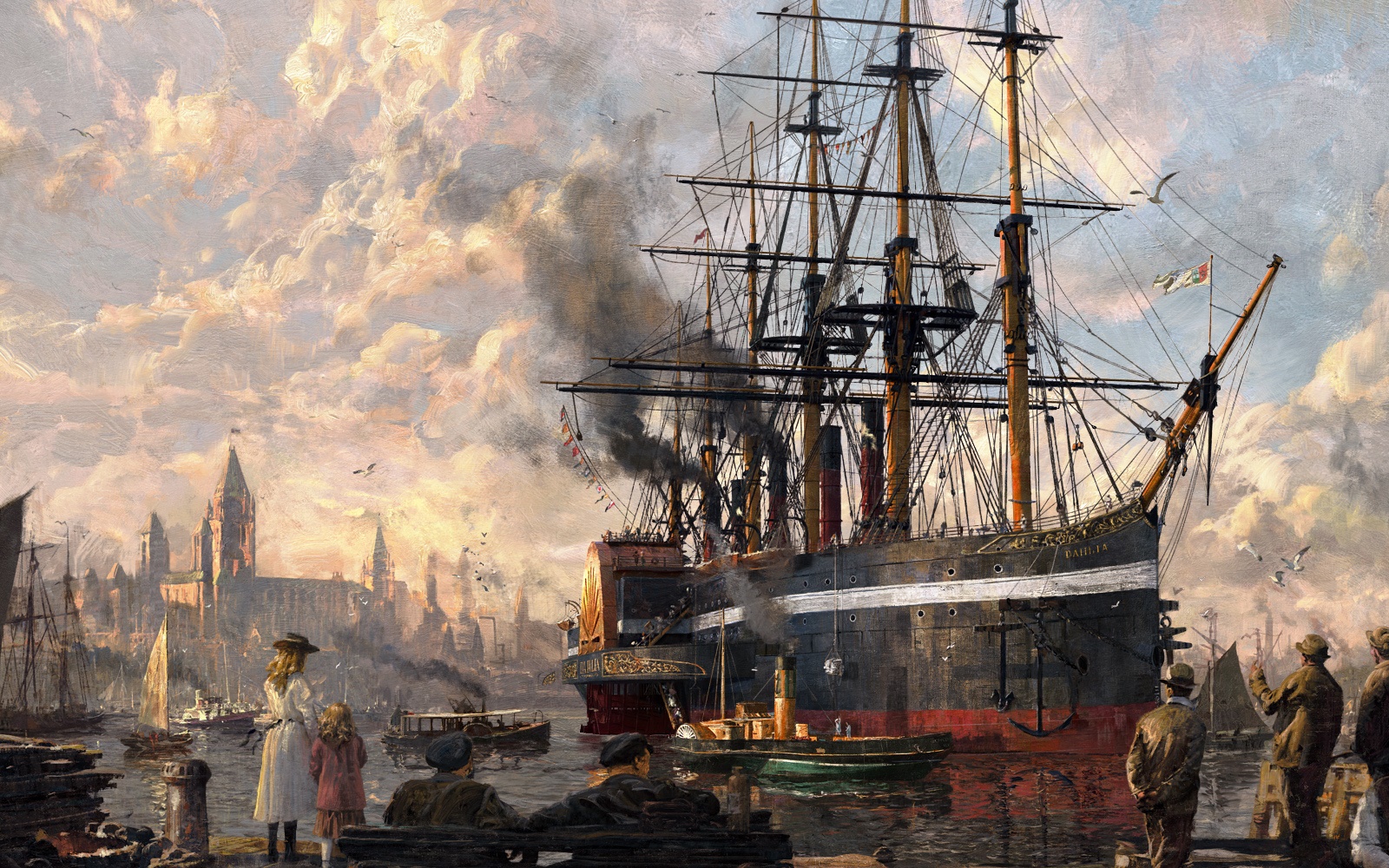
Different levels of your workforce need specific products made through complex production processes, like turning grain into flour and then into bread. The land’s fertility and the shape of your islands determine the best locations for farms and factories, and trade routes connect them all. Providing oil unlocks electricity and tractors, which increase production. Expanding to the New World and Arctic regions adds new resources like cotton and gas, which can then be used in your existing production chains.
‘Oxygen Not Included’

Players gather resources by mining and ranching, then process them into useful materials using machines like kilns and crushers. Fluids and gases are managed with pumps, valves, and sensors that control temperature and pressure. Food production starts with basic ingredients like mealwood and evolves into more complex dishes, requiring both fertilizer and heat. In the late game, advanced industries refine resources like petroleum and super coolant to power turbines and rockets.
‘Captain of Industry’

Begin by processing raw materials like scrap metal and coal. Then, expand to more complex steel and chemical production. The landscape itself is reshaped through mining, creating pits that supply materials to crushing and sorting machines. Handling waste products – like slag – is crucial, either through proper disposal or by finding ways to reuse them. Initially, diesel power will be used, but eventually shift to steam and systems that recapture waste heat to create a self-sufficient energy cycle.
‘Workers & Resources: Soviet Republic’
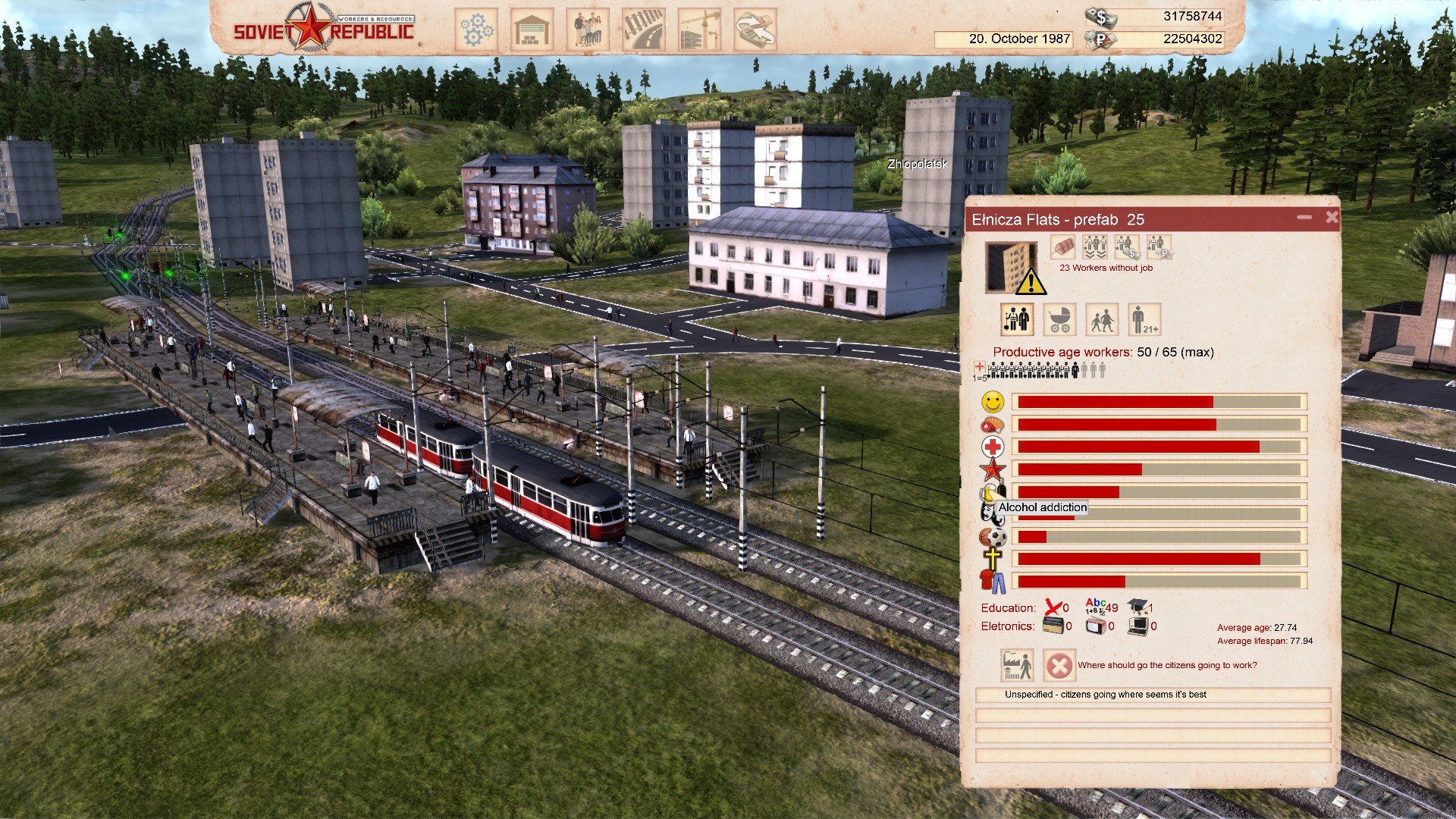
Resources travel across the map in complex chains. You’ll extract raw materials from quarries and mines, refine them, and then transport them using roads, railways, and conveyor belts. You can turn oil into fuel and other products for local use or export. Building projects need materials like cement, steel, and prefabricated parts, all of which you’re responsible for producing and delivering. Finally, your citizens’ needs drive demand, and you’ll manage distribution networks to get goods to stores and factories via trucks.
‘Frostpunk’
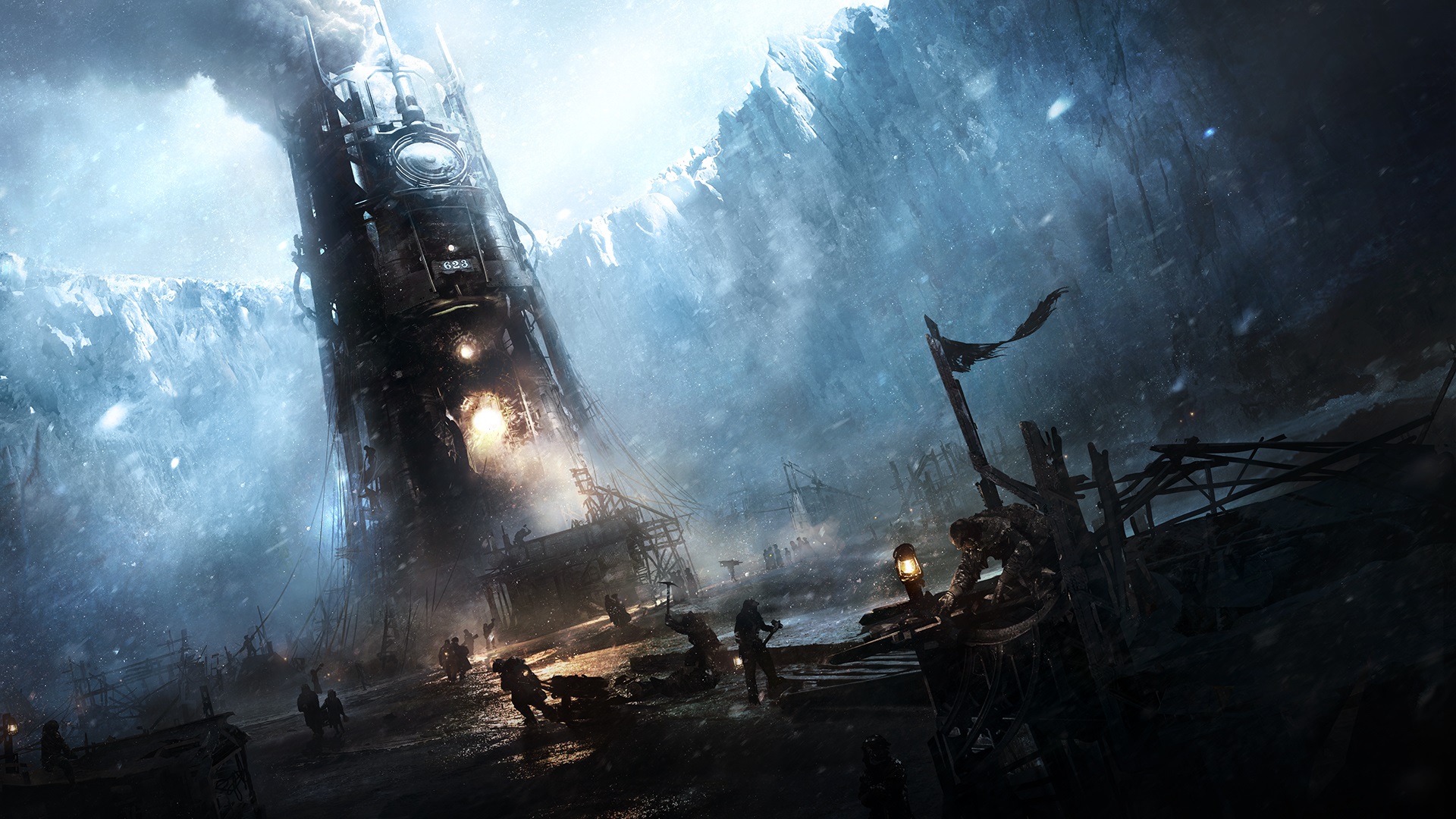
Workshops and factories need resources like coal, wood, and steel for heating and production. As technology improves with automatons and better gathering methods, the way we collect these resources evolves. Cookhouses turn raw ingredients into food, but they can only process so much at once. The generator’s power output affects which areas get power, so energy supply needs to match the heating needs of each district.
‘Banished’
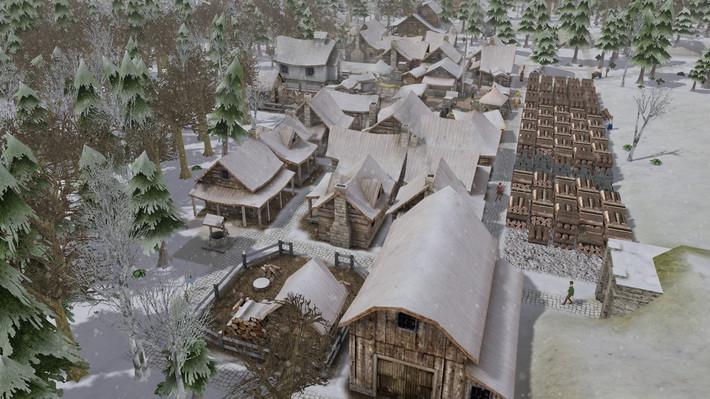
People in the village gather wood, stone, and iron, which skilled blacksmiths and tailors use to make tools and clothes. They grow food on farms and in orchards, storing and selling it in barns and markets. Wood is also used for fuel to heat homes during the winter. Trading posts bring in seeds and animals, allowing the village to grow even more resources.
‘Timberborn’

Okay, so in this game, you build up beaver ‘districts’ to turn wood into useful stuff like planks and gears. Those gears unlock better buildings, which is awesome. But things aren’t always easy – the game has these water cycles that can cause droughts, so you have to plan ahead and build up storage and irrigation. Power is another thing – it starts with water wheels, then you move onto engines and batteries to keep everything running smoothly. And finally, you can start processing food – making bread and grilled stuff – but that needs flour and, you guessed it, more fuel! It’s a lot to manage, but super satisfying when it all works together.
‘Victoria 3’

As a long-time observer, it’s amazing to see how everything connects! Each building, whether it’s a factory or a farm, takes in raw materials and turns them into things we buy. They’re always figuring out the best way to do that, swapping things like wood for machines, or changing how much human effort versus automation they use. Then, these goods travel across states and even countries thanks to shipping and trade agreements. And honestly, new technologies are constantly shaking things up – things like oil and electricity have totally changed what’s profitable and how things get made. It’s a fascinating, ever-changing system!
‘Tropico 6’

Okay, so as I understand it in this game, farms and ranches are where everything starts. They supply the raw materials for things like cigars, rum, and cloth. Then, you’ve got truckers and garages who keep everything moving – getting stuff from the farms to the factories and then to the docks for shipping. It’s not just about what you’re moving though, because trade routes give you bonuses depending on what goods you’re shipping and what time period you’re in. And as you advance, you get things like power plants which mean you need new resources like coal and uranium to keep everything running. Basically, it’s a whole supply chain thing!
‘EVE Online’
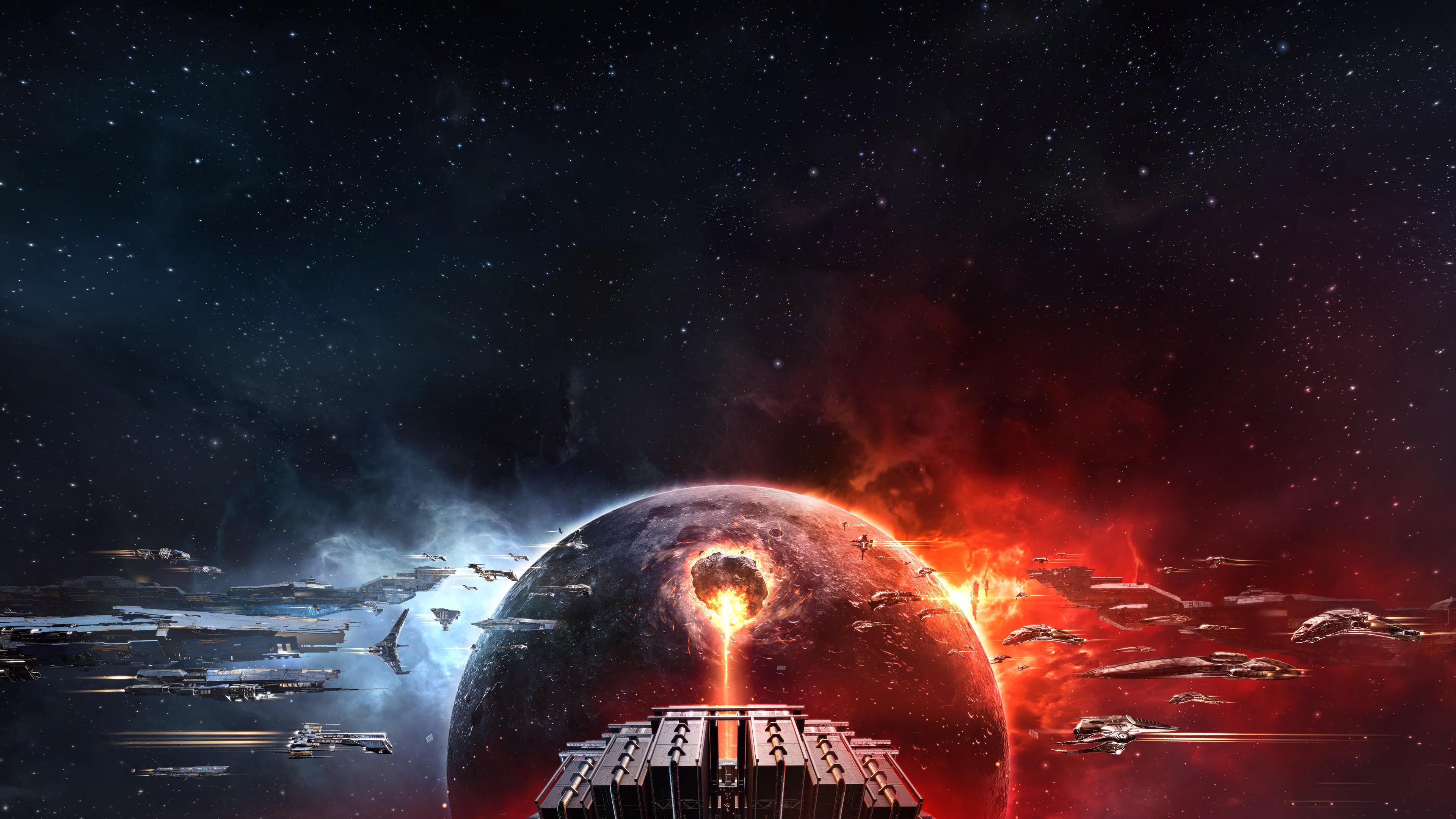
Players gather raw materials like ore and gas, then process them into the parts needed to build ships and other equipment. Creating these items involves complex production lines, starting with basic minerals and progressing to more advanced components. Players can also build industries on planets to extract and refine resources, connecting them with transportation networks. The prices of these goods fluctuate based on what’s available and needed, influencing how players transport and store materials.
‘Industries of Titan’

Factories process raw materials like minerals and isotopes into usable components. Inside, conveyor belts and connections link different parts of the factory, while trucks outside manage deliveries across the city. The factory also handles waste, either by recycling it or storing it safely. New technologies can be researched to create advanced devices that use these processed materials to build ships and defenses.
‘Shapez’
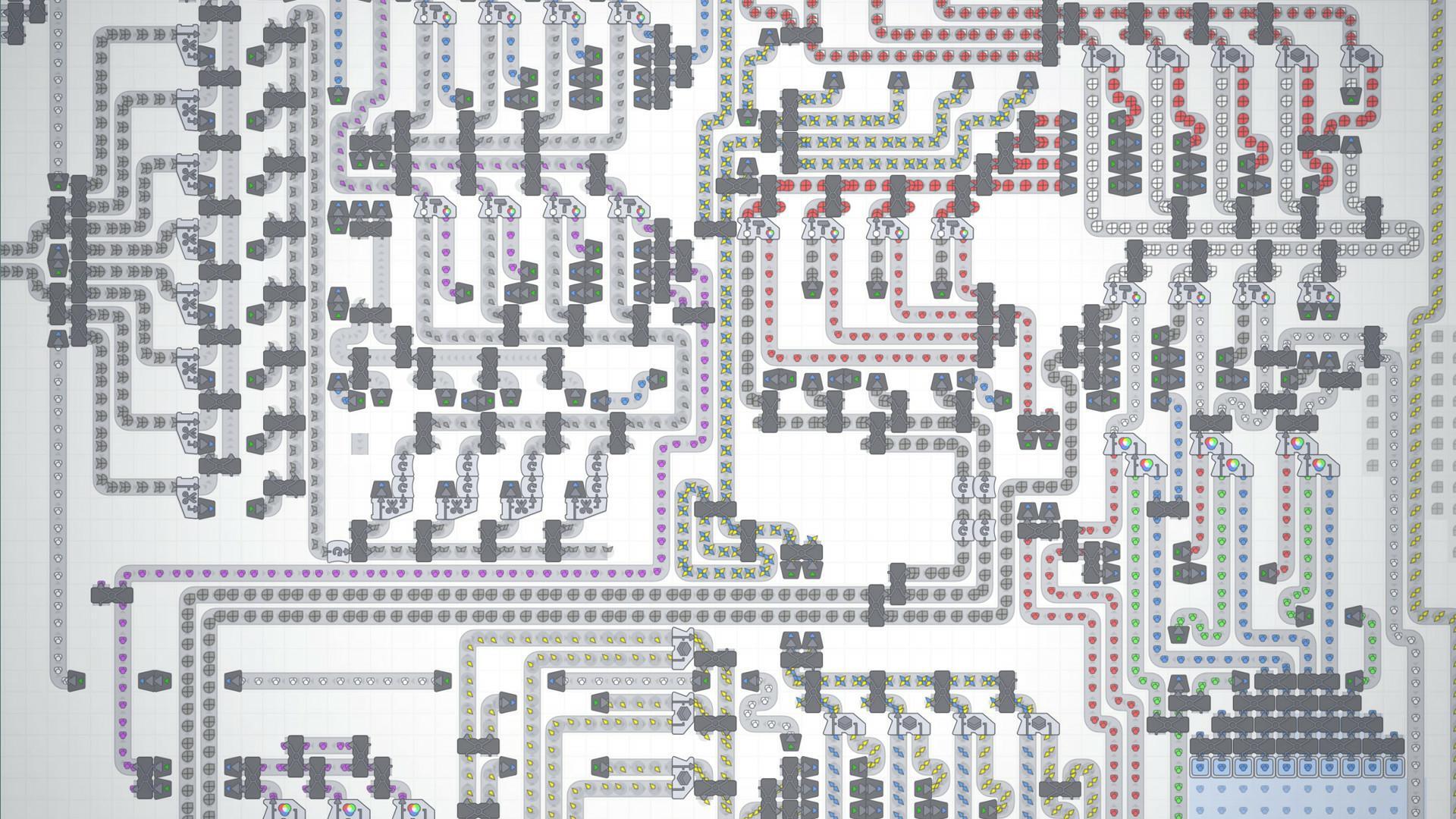
Infinite maps allow you to isolate and manipulate shapes and colors, processing them through various operations like cutting, rotating, and painting. Conveyor belts and balancing systems adjust the scale of these patterns, ensuring machines receive a consistent flow of materials. Defined objectives determine which items need multiple processing steps. Advanced stages then combine colors and shapes, running these operations simultaneously to maximize efficiency.
‘Factory Town’
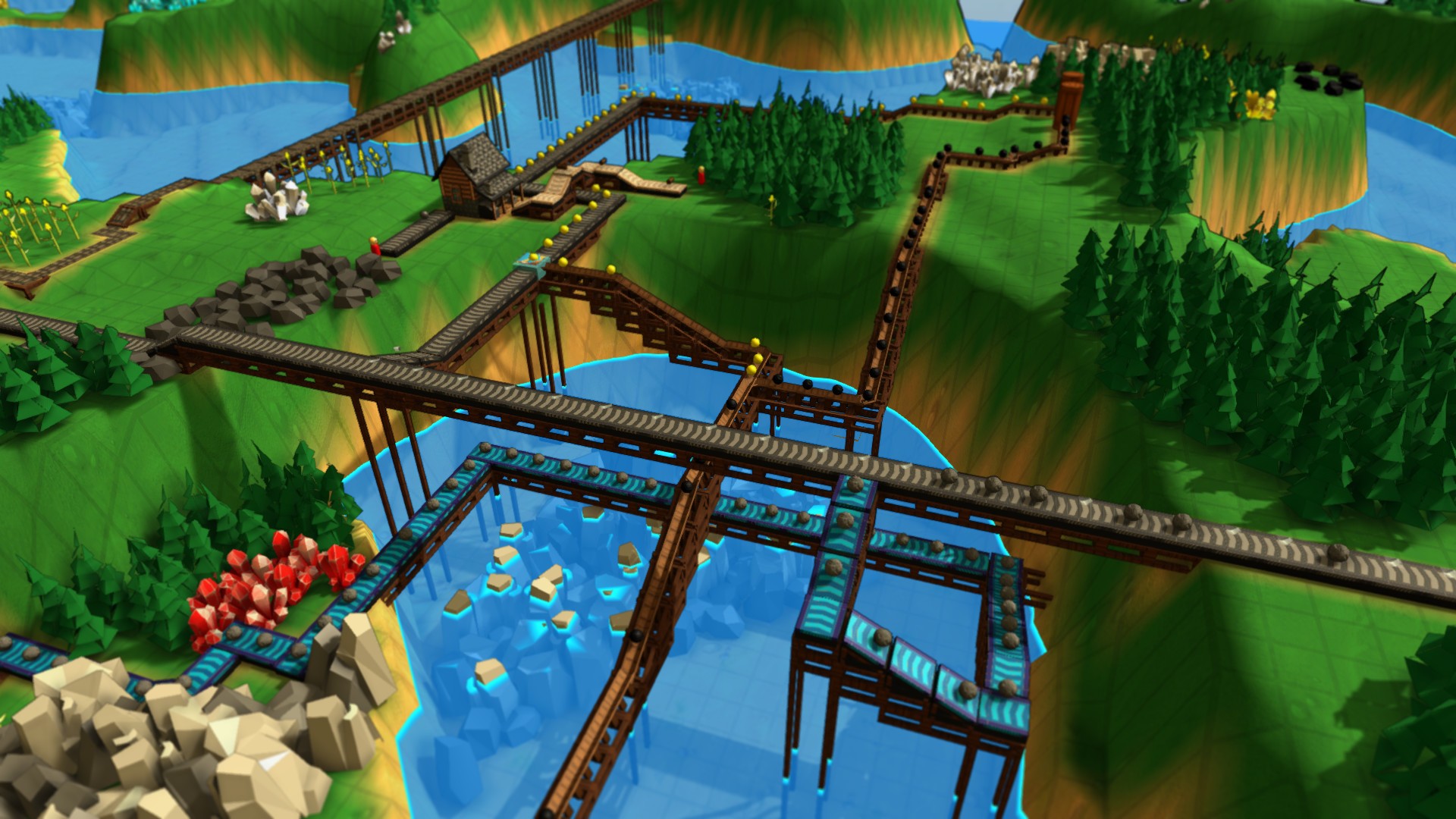
Workers collect resources like grain, wood, and stone, which are then transported to workshops using conveyor belts and chutes. Research is generated by schools and temples, but they need crafted goods to function. As you progress, rail lines and pipes improve your resource management and unlock more complex crafting options. Providing power and specialized housing with the right materials will further increase production.
‘Infinifactory’
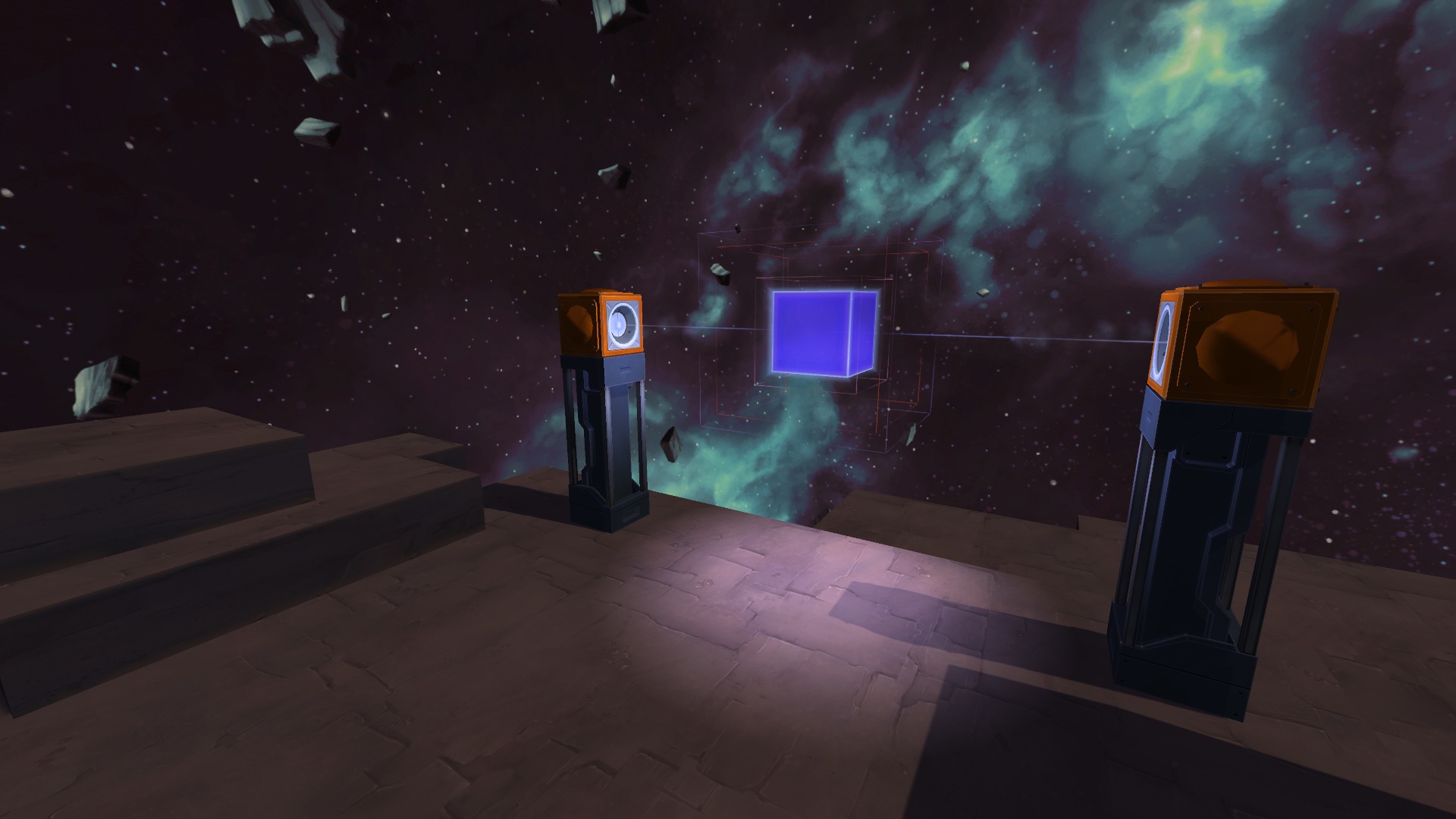
You create assembly lines using building blocks to move items from a starting point to a designated goal. Sensors and pushers carefully guide these items along conveyor belts, ensuring everything happens at the right time. Successful solutions depend on maintaining balanced proportions and designing layouts that don’t take up too much space. As the challenges get harder, you’ll also need to deal with dangerous materials and consider movement in three dimensions, which affects how things flow.
‘Opus Magnum’
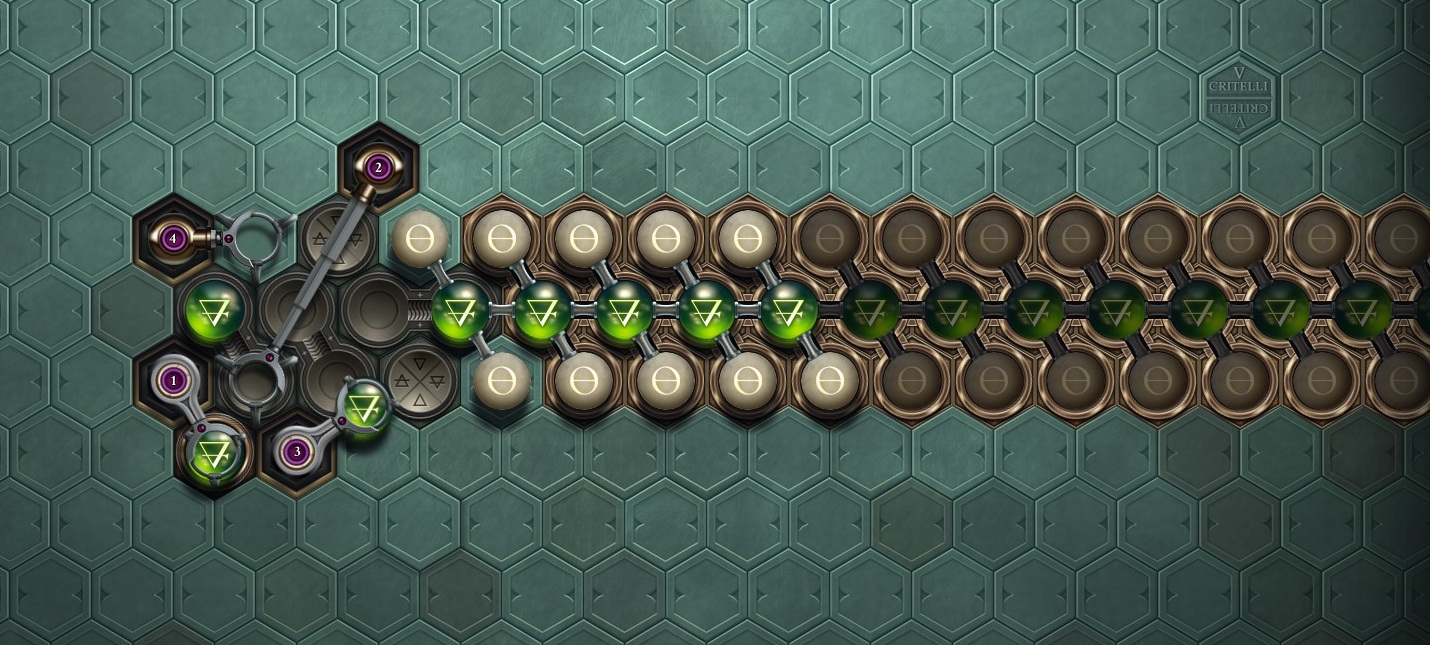
Alchemy machines build things by grabbing basic elements and combining them into more complex molecules. You control these machines by creating programs that coordinate their movements and how they use materials. The machine provides data on efficiency, like how much space a process takes, its cost, and speed, helping you optimize your designs. Special components, like calcification and projection glyphs, can alter what materials are needed for a build.
‘Production Line’
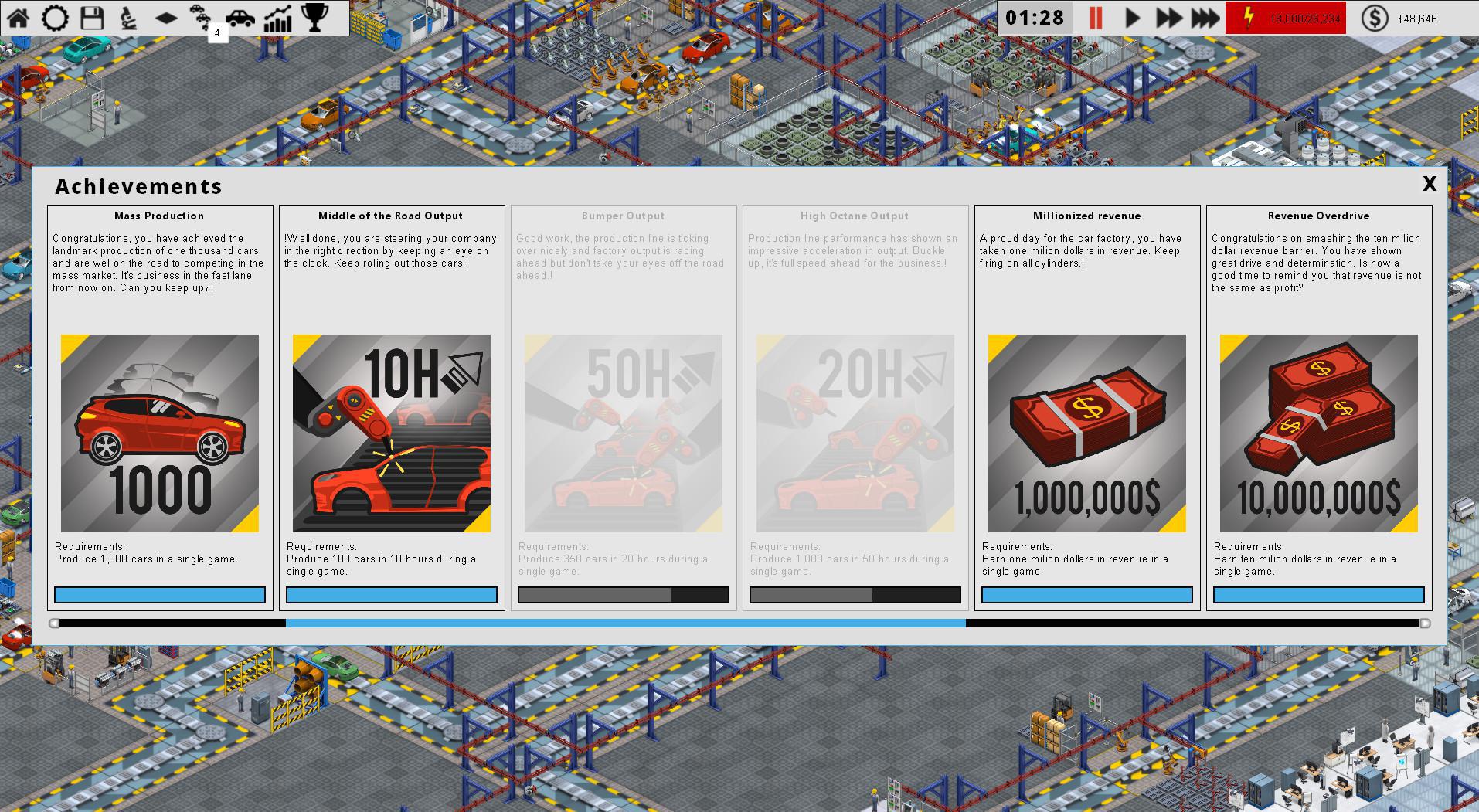
Car manufacturing relies on assembly lines where workers add parts delivered directly to their stations. New technologies and designs introduce additional options for different vehicle models. Both suppliers and local factories work to ensure a steady, on-time flow of parts. Production becomes smoother and faster by using multiple assembly lines and intelligently directing parts to avoid delays.
‘Transport Fever 2’
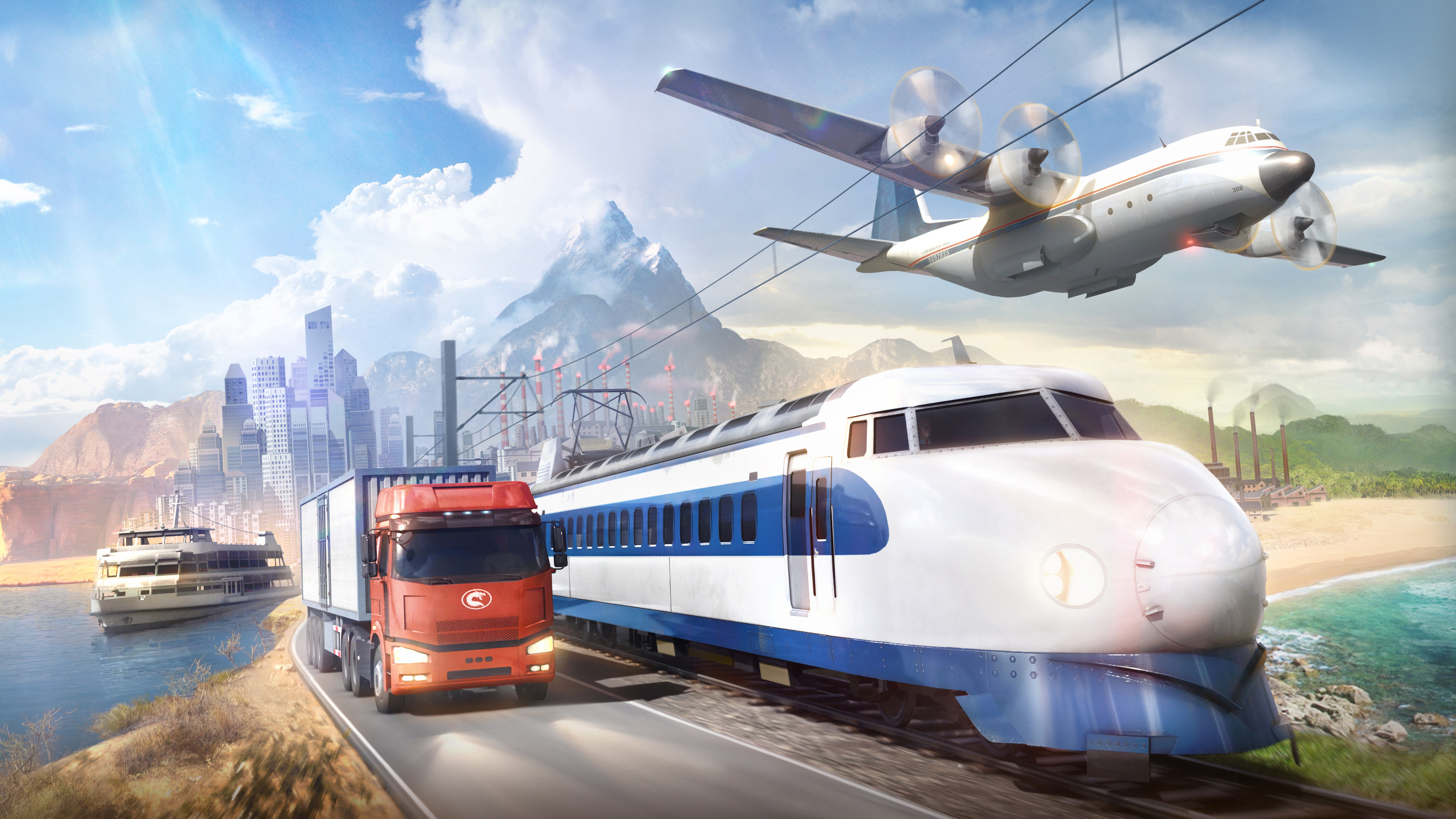
Businesses move goods between locations using a combination of trucks, trains, and ships. Raw materials, such as grain or iron ore, need to get to manufacturing facilities to create finished products. If vehicles are scheduled efficiently, routes become more frequent and can handle more cargo. Cities request particular items, which keeps goods flowing consistently through the entire system.
Tell us about your most memorable moments playing resource chain games in the comments, and let us know which game you think should be added to our list!
Read More
- Predator: Badlands Is Not The Highest Grossing Predator Movie
- XRP Price Drama: Will It Finally Do Something Wild, or Is This Just Foreplay? 🤔💸
- The Enigmatic Dance of Crypto: A Dostoevskian Exploration
- XRP Plummets 9.5%… But the TD Sequential Says “Buy!” 💸📉📈
- SEC Halts Crypto ETFs: Will ProShares Cave or Quit? 🚫💰
- 5 Ways ‘Back to the Future’ Aged Poorly (And 5 Ways It Aged Masterfully)
- IBM’s Quantum Ascent: A Stock’s Social Climb
- Trump Wants CNN ‘Neutralized’ in WBD Sale, Paramount Has ‘Inside Shot’
- WBD Demands Higher Bids by Dec. 1 — Saudis In Play?
- Hot Toys Reveals New Ben Affleck Batman Right After Zack Snyder’s Photo
2025-11-17 17:46